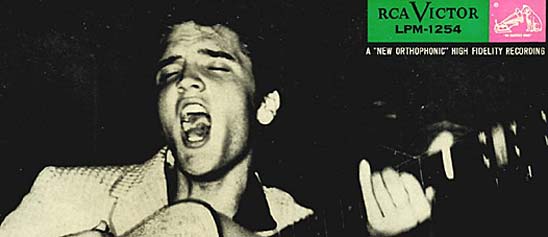The impulse to clip and save images is familiar to many people, and today there is active interest in scrapbooks. In Juliana Oakley's 1865 painting, "Making the Scrap Book," a girl in a spotless white dress is trimming small engravings for inclusion in the scrapbook at her feet.
- Description
-
The impulse to clip and save images is familiar to many people, and today there is active interest in scrapbooks. In Juliana Oakley's 1865 painting, "Making the Scrap Book," a girl in a spotless white dress is trimming small engravings for inclusion in the scrapbook at her feet. The setting includes books, furniture, and other pictures that symbolize art and learning. These objects suggest middle-class cultural values and aspirations, while the activity itself indicates the importance of memory and its construction in the post-Civil War period.
-
Oakley's painting was exhibited in New York and Philadelphia, where it was purchased by portrait painter G. P. A. Healy in 1865. Healy lived in Chicago, permitting Louis Kurz's Chicago Lithographing Company to reproduce the painting in full color as a chromolithograph in 1868. Chromolithography used multiple lithographic stones for commercial and artistic printing in color. Separate stones were used to print each basic color, and some highlights were added by hand. The Museum's copy of this print has labels from both the Chicago publisher and the New York City retailer indicating its national distribution.
-
During the 19th century, many Americans believed in art as an agent of cultural improvement. Specific prints were cited for their civilizing influence, providing moral uplift as well as taste and refinement. Household manuals like The American Woman's Home, published in 1869 by Harriet Beecher Stowe and her sister Catharine Beecher, recommended that prints be framed and placed where they would be seen daily. They cited specific chromolithographs after American paintings as affordable and worthy of contemplation, including Juliana Oakley's "Making the Scrapbook." Looking at such prints, the Beecher sisters argued, invoked a child's powers of observation and imaginative faculties, influencing the formation of individual character and, by extension, the nation.
- Location
-
Currently not on view
- Date made
-
1868
- owner
-
Healy, George Peter Alexander
- graphic artist
-
Chicago Lithographing Company
- original artist
-
Oakley, Juliana
- publisher
-
Jenkinson, Keitz and Company
- lithographer
-
Kurz, Louis
- ID Number
-
2001.0074.1
- accession number
-
2001.0074.01
- catalog number
-
2001.0074.01
